I'm Applauding These 18 Famous Women Who Called Out Hollywood For The Way It Depicts Women Onscreen
It's really no secret that the representation of women onscreen still has a long way to go. In fact, in 2020, the Center for the Study of Women in Television & Film found that the percentage of top-grossing films in the US that featured a female protagonist actually dropped to 29% from 40% the year before.
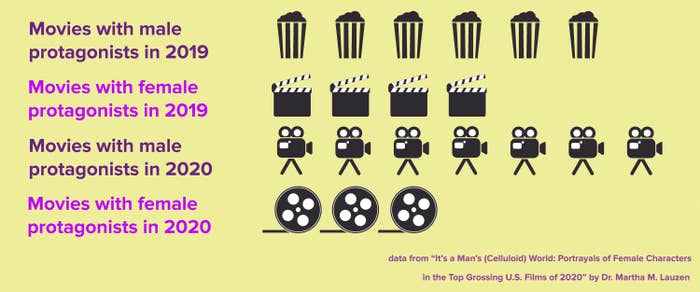
Meanwhile, the US Census Bureau reported that 50.8% of the population was female.
In addition, representation is more than just a numbers game. Good representation involves creating well-rounded characters, challenging stereotypes, and creating more opportunities for women of color and members of the LGBTQ community.
However, there are plenty of women in Hollywood who are fighting for more and better representation in movies and on TV — both on camera and behind it.
NBC / Via giphy.com
Here are 18 times famous women fought for better representation in film:
1.When Halle Berry first got the Bruised script, "it was written for a 25-year-old Irish Catholic girl," but she convinced the producers to "reimagine it for a middle-aged Black woman" and let her direct it.
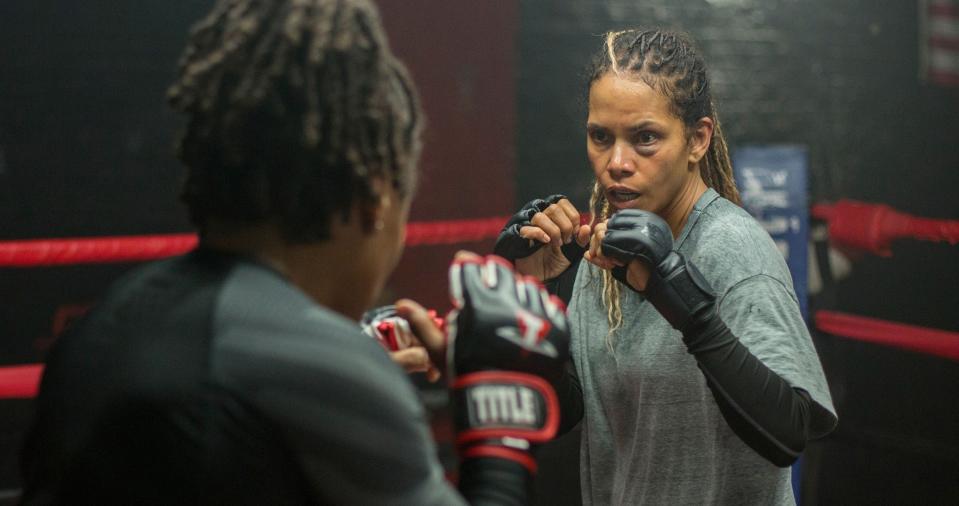
At the Toronto International Film Festival, she said, "I slept on [the idea of directing this movie] overnight, and I woke up thinking, Yes, I can. I knew I'd worked harder than I ever worked in my entire life on a character, and the last thing I wanted was for all of that work to be for naught and mistakenly fall into the hands of a visionary who didn't see it quite the way I saw it."
2.When Meryl Streep was preparing to audition for Kramer vs. Kramer (which is based on an anti-feminist novel), she felt that the script had its lead female character, Joanna, all wrong — and if they wanted her for the role, they'd need to rewrite the part to make Joanna a more realistic and sympathetic reflection of the struggles women like her face.
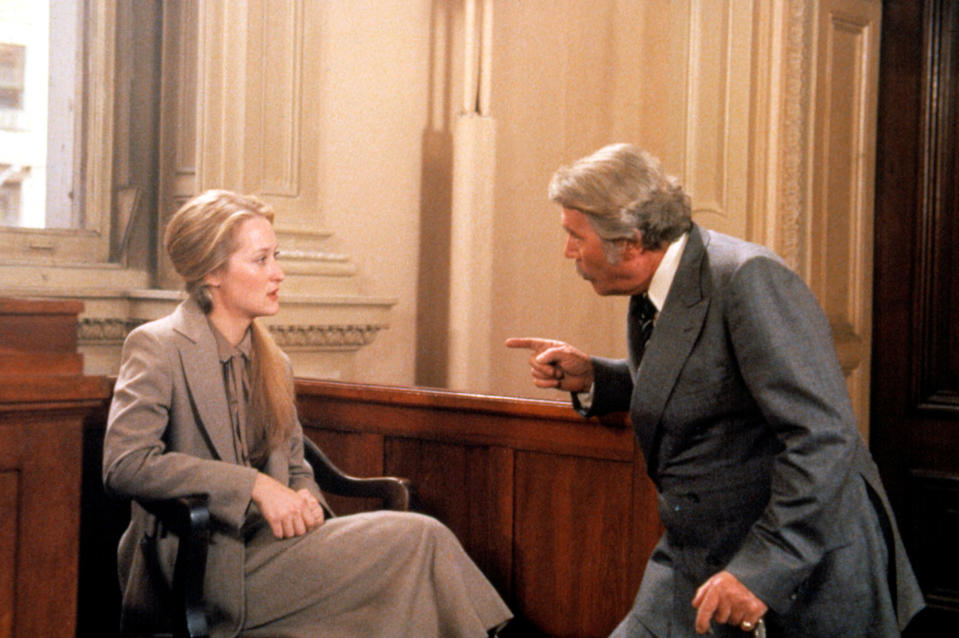
Streep's conviction and deep understanding of Joanna won her the lead role. She continued to push for changes that made the story better. It was her idea that Joanna give her "somebody's wife" speech before revealing to her ex-husband that she planned to take their son back. She also personally rewrote Joanna's powerful final courtroom speech.
She went on to win her first Oscar for the role.
3.Tessa Thompson pitched the idea of making Valkyrie openly bisexual (like she is in the comics) in Thor: Ragnarok to director Taika Waititi, and even though the scene confirming her character's sexuality was cut, Tessa confirmed it to her fans.

She was also intentional about playing Valkyrie as a bisexual character. She told Rolling Stone, "There’s a great shot of me falling back from one of my sisters who’s just been slain. In my mind, that was my lover.”
Thompson also confirmed that Valkyrie will "find her queen" in the upcoming Thor: Love and Thunder.
4.Gemma Chan, who was targeted by internet trolls when she played Bess of Hardwick in Mary Queen of Scots because she isn't white, called out the long history of actors of color only being allowed "to play their own race" and even losing out on those roles to white actors in racist makeup.
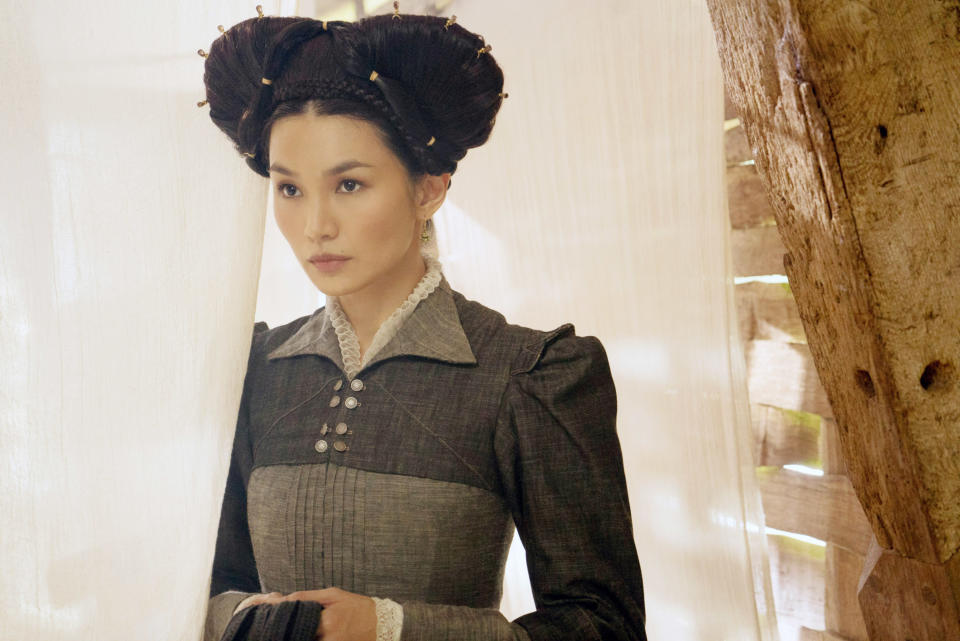
She told Allure, "In the past, the role would be given to a white actor who would tape up their eyes and do the role in yellowface. John Wayne played Genghis Khan. If John Wayne can play Genghis Khan, I can play Bess of Hardwick.”
5.Despite pushback from her network, Lucille Ball fought for her real-life pregnancy to be written into her show, making I Love Lucy one of the first series to show a pregnant woman on camera.
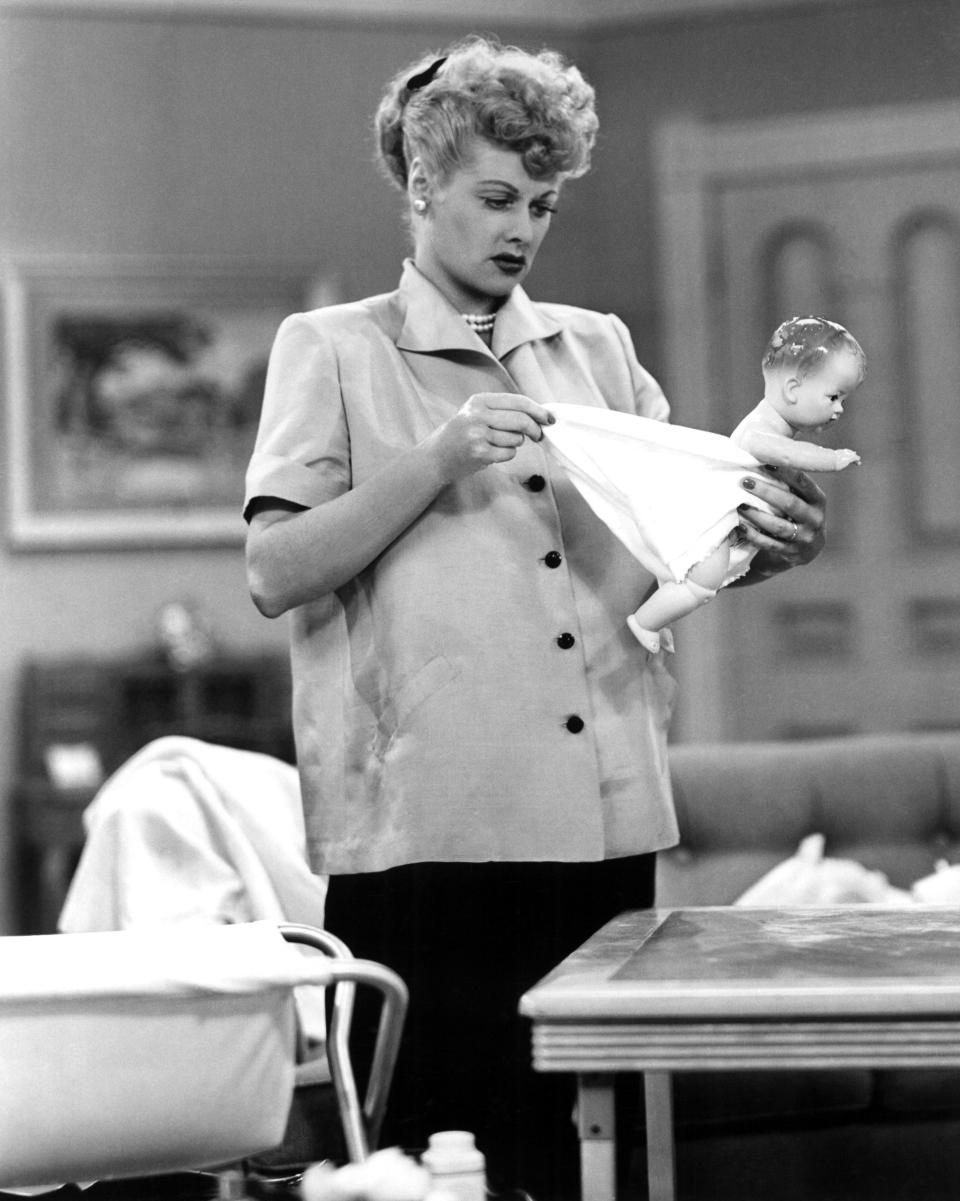
However, while her pregnancy storyline was green-lit, she wasn't allowed to use the word "pregnant" — at least not in English. They avoided the term on the show, but the episode in which Lucy told Ricky she was having a baby was titled "Lucy Is Enceinte," using the French word for pregnant.
6.Lupita Nyong'o worked with Black Panther director Ryan Coogler to ensure Nakia was "more than just the love interest" and had her own agency and space in the story apart from T'Challa.
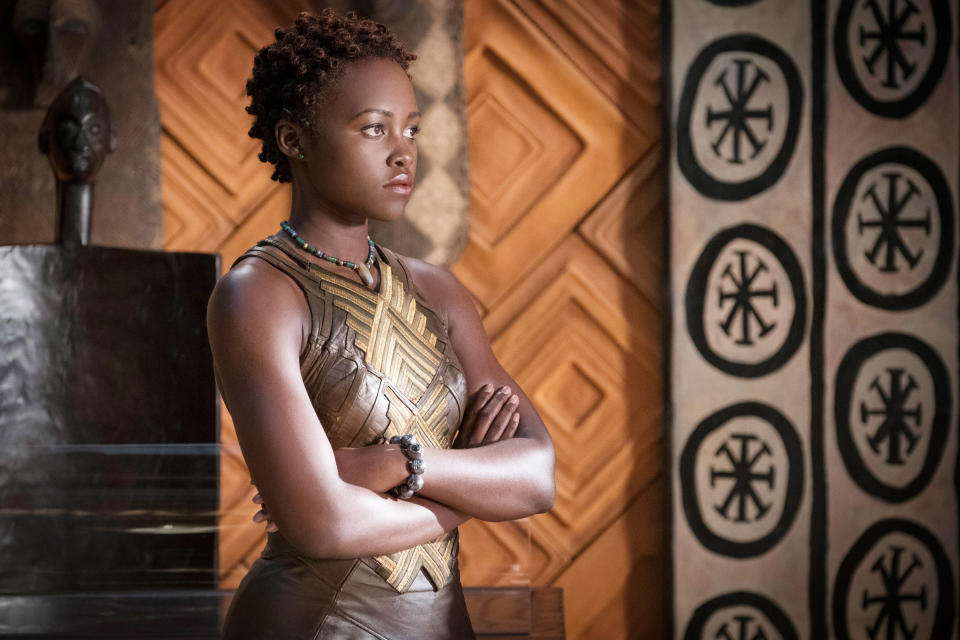
Nyong'o told the Hollywood Reporter, "One of the things we worked on was making her part and parcel of the main argument of the story, about whether to keep the borders open. At the heart of it, she’s an activist, which is a spirit I relate to."
7.A few years after Elizabeth Olsen publicly expressed her desire to change her Scarlet Witch costume from a "cleavage corset," she helped design her new suit for WandaVision and tested it to ensure she was able to move in the ways her role required.
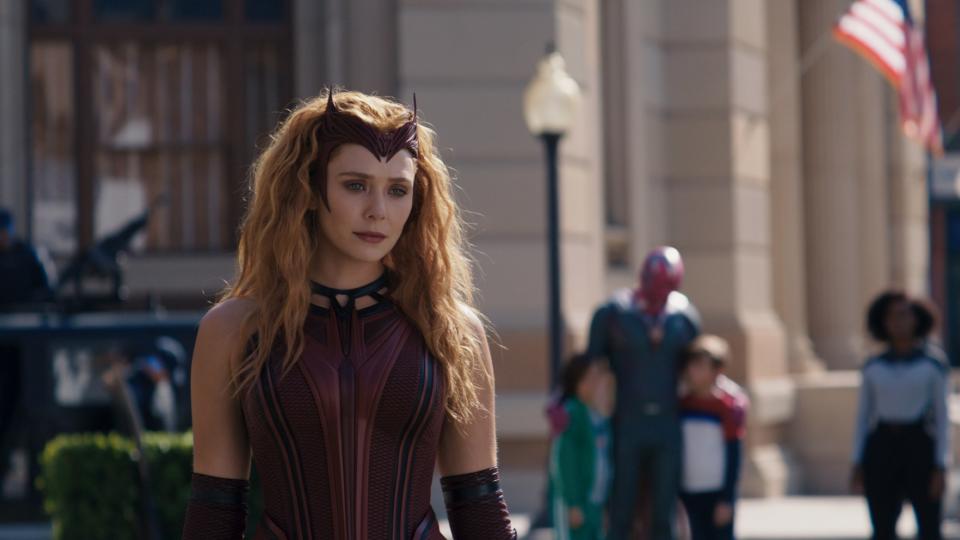
Director Matt Shakman told Entertainment Tonight, "[Elizabeth] knows what she has to do better than anybody, having done this for years now."
8.After she spent a stressful year doing a lot of press and a Broadway play, Saoirse Ronan's skin broke out, but Lady Bird director Greta Gerwig suggested she keep the acne as part of her character rather than cover it up.
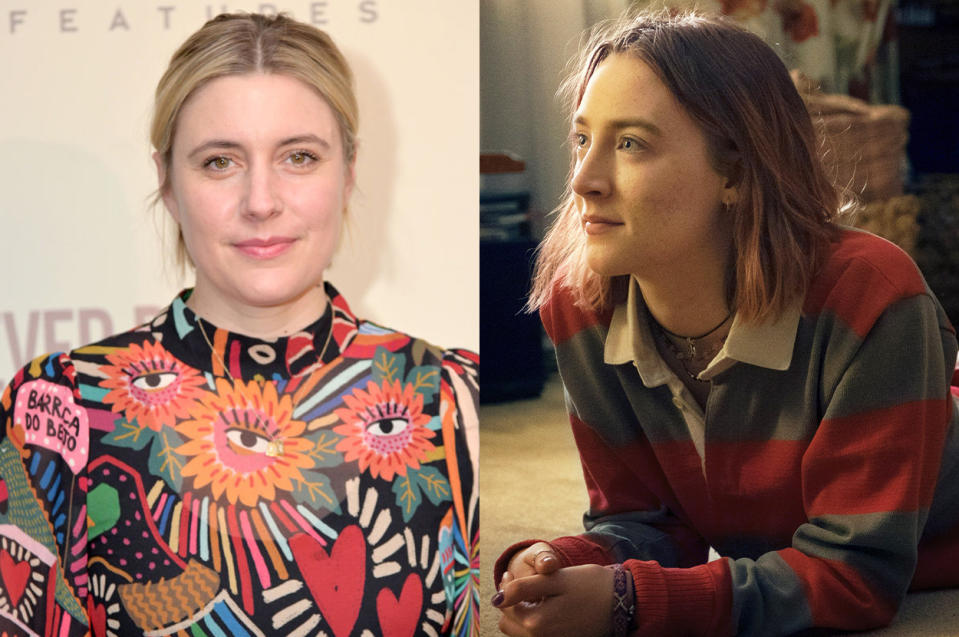
Ronan told Elle, "I think it happens to a lot of girls in their 20s, and it seemed like it would've been a missed opportunity if we didn't see this as a way to make [my character] as authentic and relatable as possible."
9.At first, Reese Witherspoon wasn't going to be in Cruel Intentions because she found Annette to be "too demure and too much of a woman influenced by a guy's manipulations," but then she spent a week rewriting Annette's dialogue with director Roger Kumble to shape her into a more well-developed character.
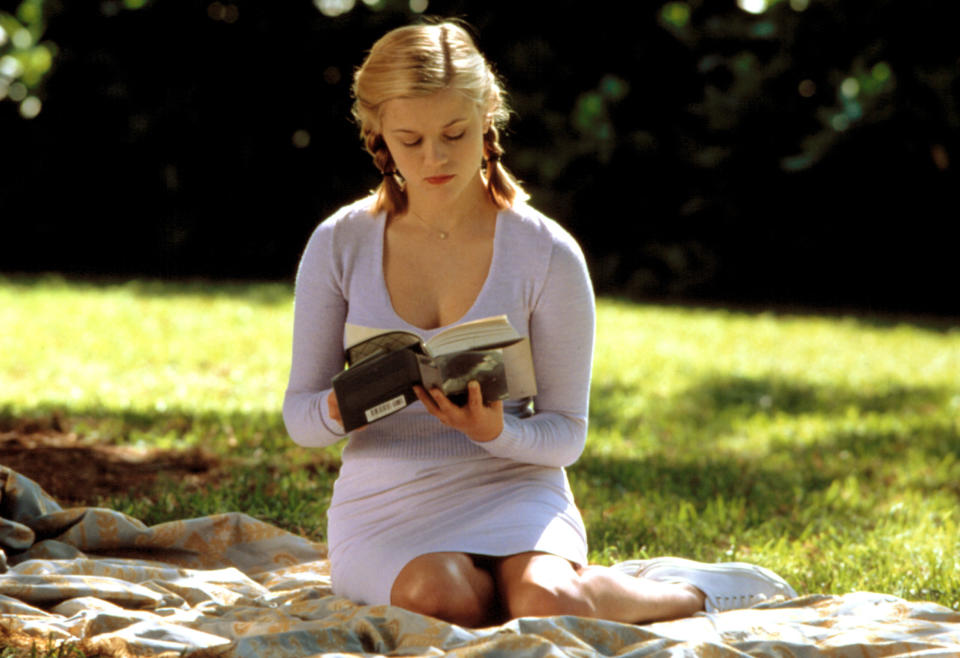
Witherspoon told Entertainment Weekly, "I was starting what I guess became my bigger mission in life — of questioning why women were written certain ways on film."
10.Director Patty Jenkins didn't include any "eye candy" shots of Diana in Wonder Woman, and a Tumblr post about a specific scene where Gal Gadot's thighs jiggled instead of being digitally altered went viral.
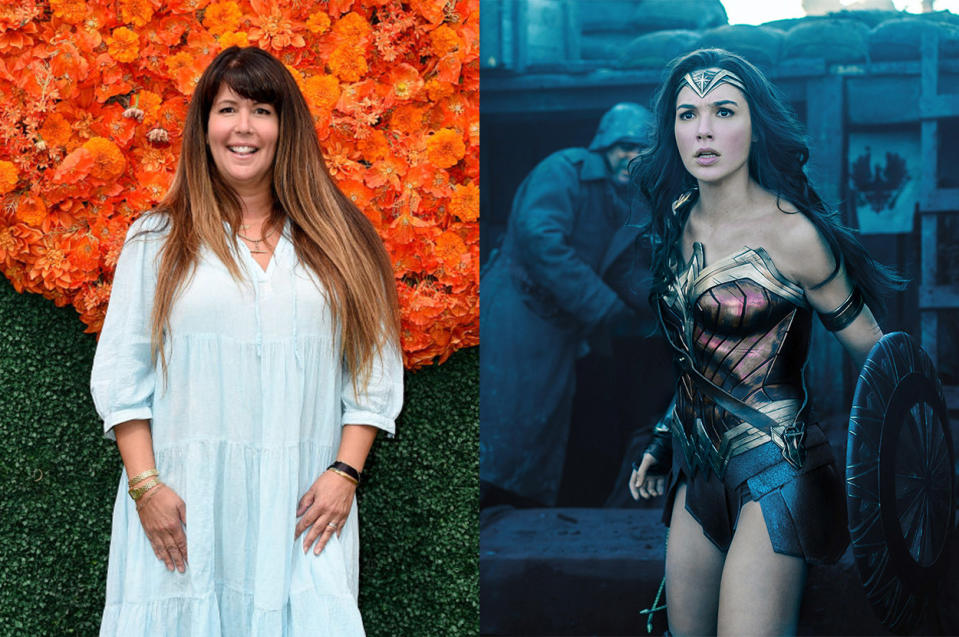
The user wrote, "[Diana] wasn’t there to be sexy and alluring and flirt her way to victory, and that means she has big, muscular thighs, and when they absorb the impact of a superhero landing, they jiggle ... Thank you, Patty Jenkins, for giving me a movie about a woman, told by a woman, so I can see it through my eyes."
11.Mindy Kaling created Never Have I Ever and the character Devi Vishwakumar because, as she told Elle, "we are programmed to see Asian girls in a certain way on teen shows.”
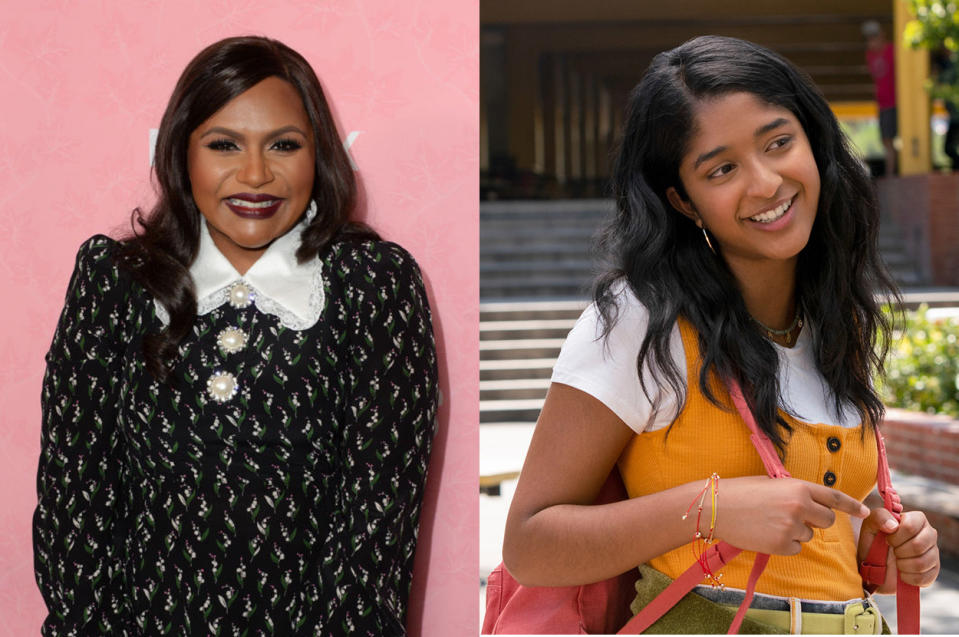
The show is loosely based on Kaling's own teenage experience.
12.Katharine Hepburn was one of the first women in Hollywood to wear pants, both onscreen and off.
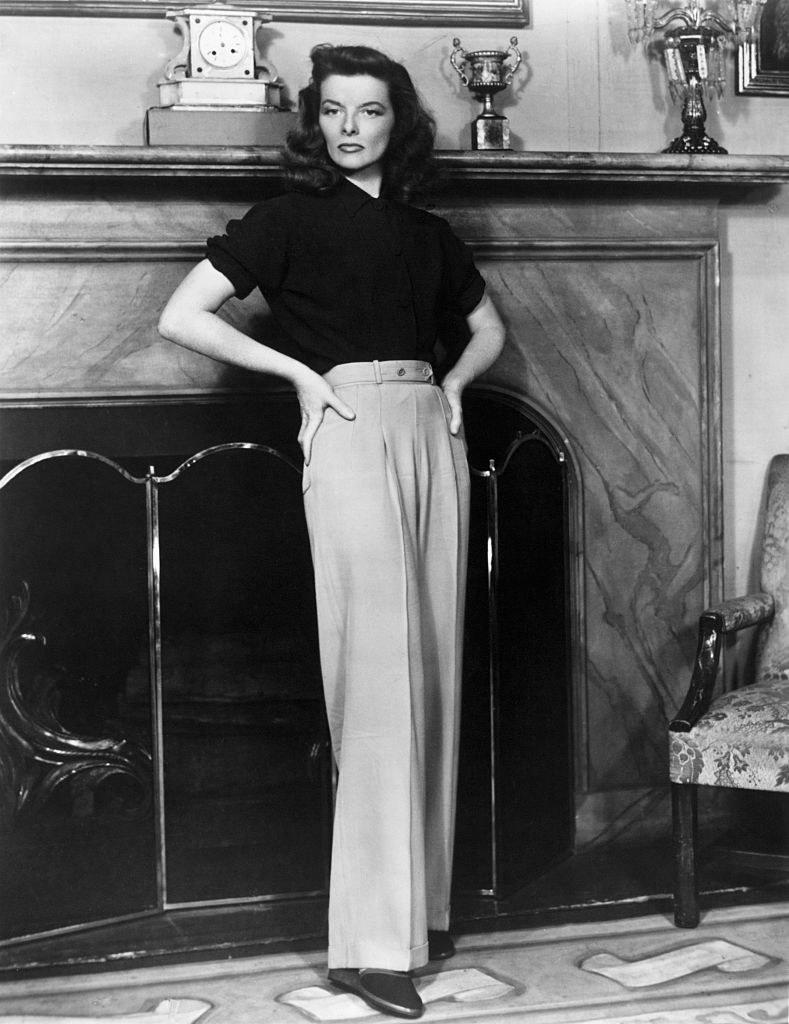
At the time, pants were only socially acceptable for men to wear in public. There's a legend that Hepburn's costume department once stole her pants, and refusing to put on a skirt instead, she walked around in her underwear until the pants were returned to her.
In a 1981 interview with Barbara Walters, she said, "I put on pants 50 years ago and declared a sort of middle road."
13.While training for The Hunger Games, Jennifer Lawrence was adamantly against dieting or losing weight to portray Katniss Everdeen, instead focusing on becoming "fit and strong."
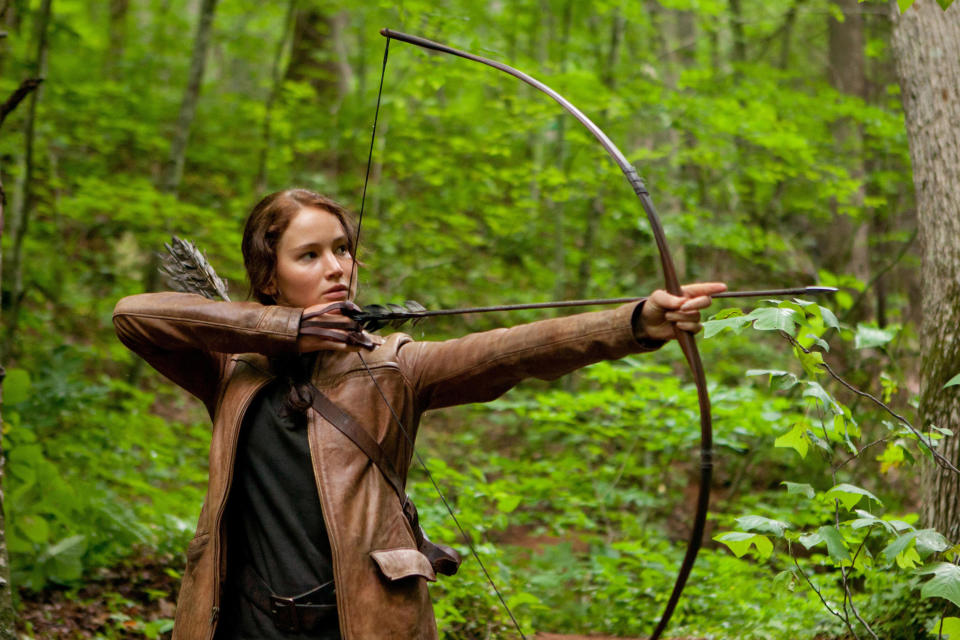
She told Elle, "I’m never going to starve myself for a part … I don’t want little girls to be like, ‘Oh, I want to look like Katniss, so I’m going to skip dinner."
14.In 2015, Viola Davis became the first Black woman to win the Emmy for Outstanding Lead Actress in a Drama Series, and in her acceptance speech, she said, "The only thing that separates women of color from anyone else is opportunity."
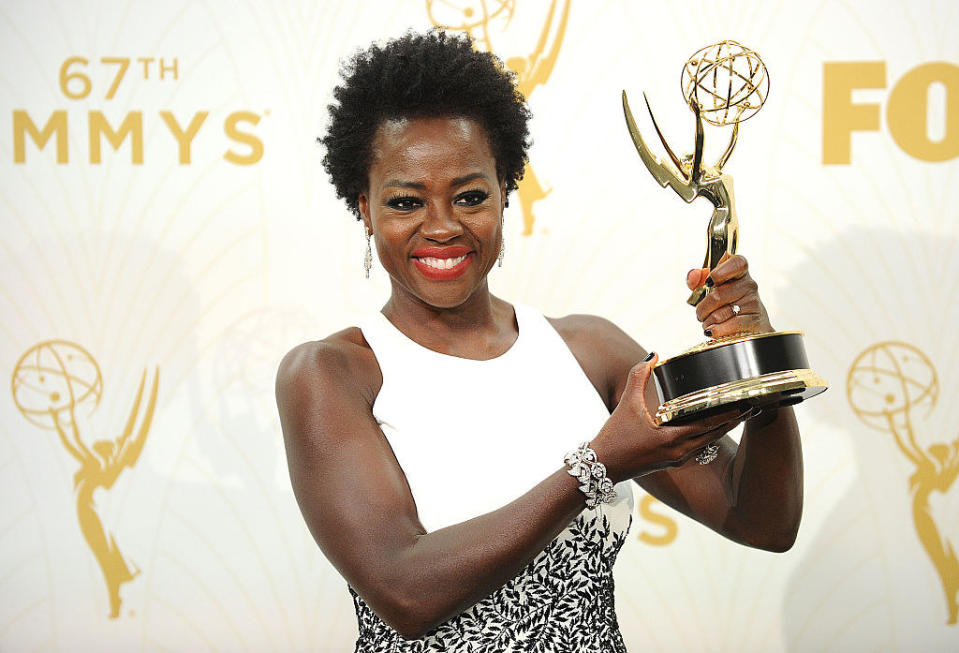
She continued, "You cannot win an Emmy for roles that are simply not there."
15.Anna Kendrick called out the fact that she had to wait for all of the male roles in a movie to be cast before she could "even become a part of the [casting] conversation."
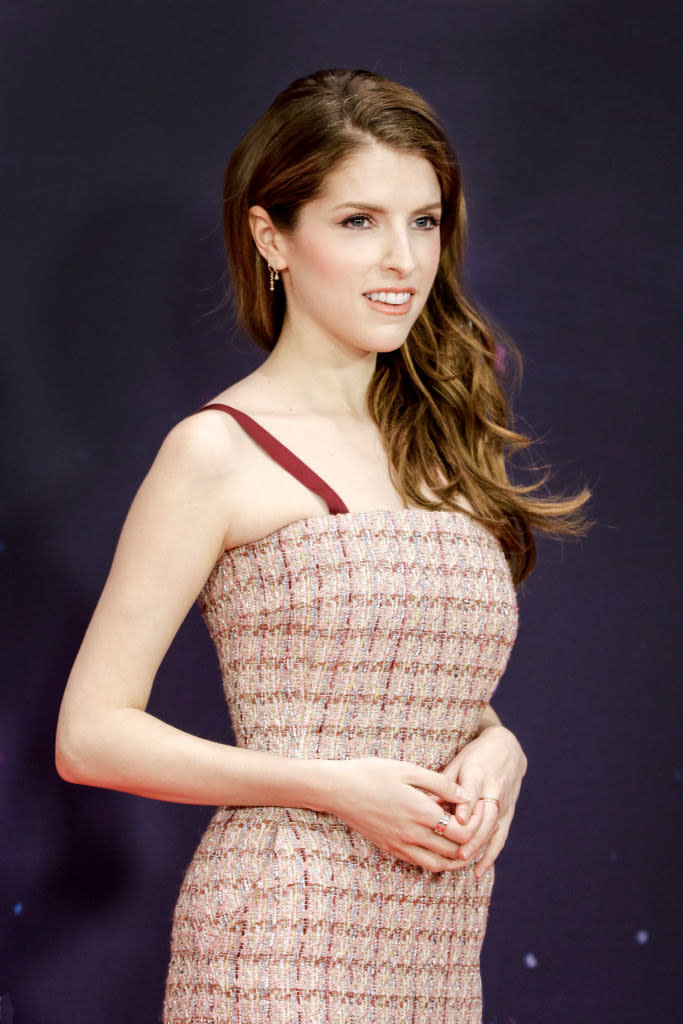
She told Glamour, "To me, the only explanation is that there are so many fucking talented girls, and from a business standpoint, it's easier to find women to match the men. I totally stand by the belief that there are 10 unbelievably talented women for every role."
16.In 1941, Bette Davis became the first woman elected president of the Academy of Motion Picture Arts and Sciences, but she quit two months later because the board wanted her to “be a figurehead only."
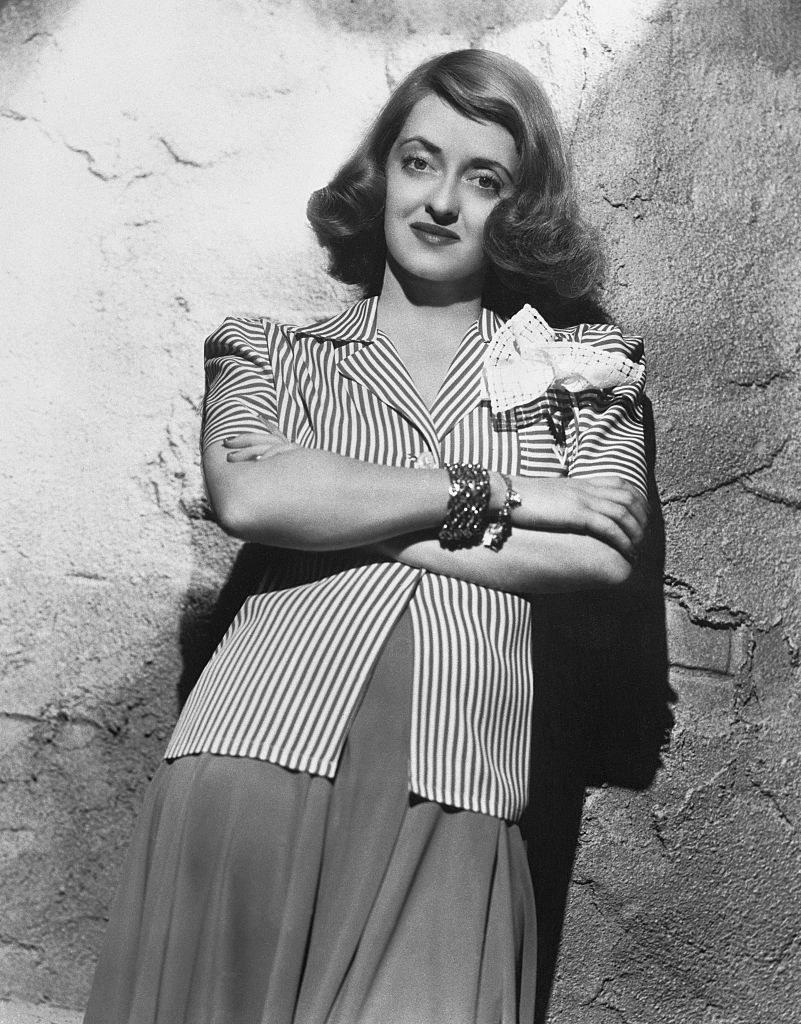
Almost 40 years later, she told interviewer Whitney Stine, "Because I was a woman, I had to be controlled."
17.In 2018, Shonda Rhimes and her production company ShondaLand partnered with SeriesFest to create a mentorship program specifically for women directors — the first of its kind.
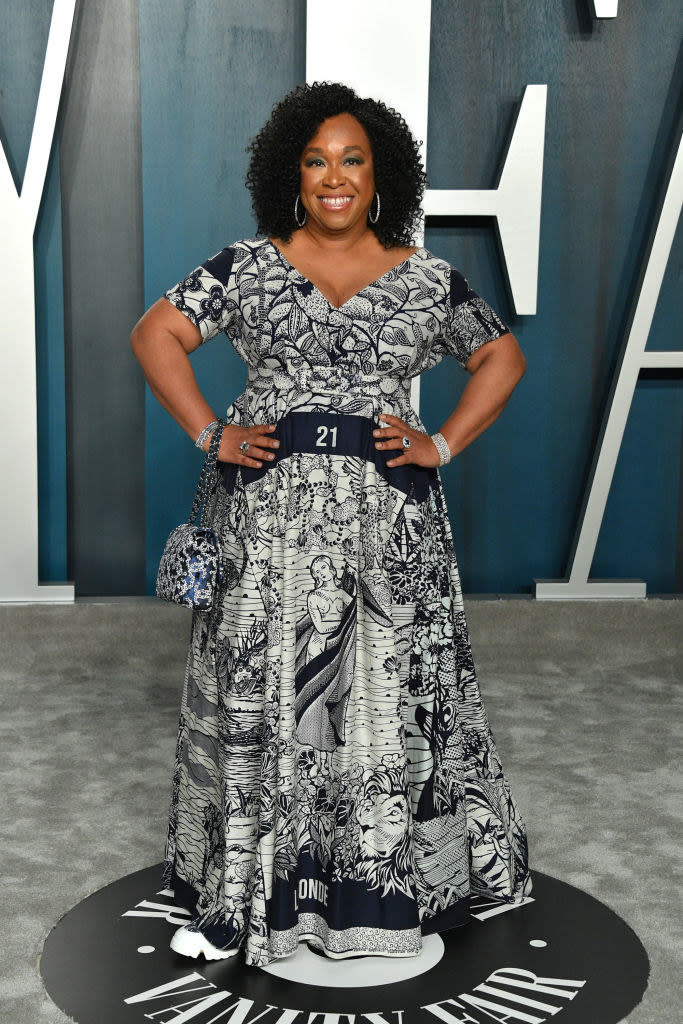
Rhimes told Deadline, "ShondaLand has long been known to defy industry standards through dynamic female characters, but we have also always felt it was important to have equal representation behind the camera. To have talent and sets that reflect the world we live in has always seemed natural."
18.And finally, after her movie Thelma and Louise was released in 1991, Geena Davis believed the press reaction that "it was going to change everything and that there were now going to be far more female lead characters in movies," but as that promise failed to materialize, she founded the Geena Davis Institute on Gender in Media in 2004 to investigate the portrayal of women in film.
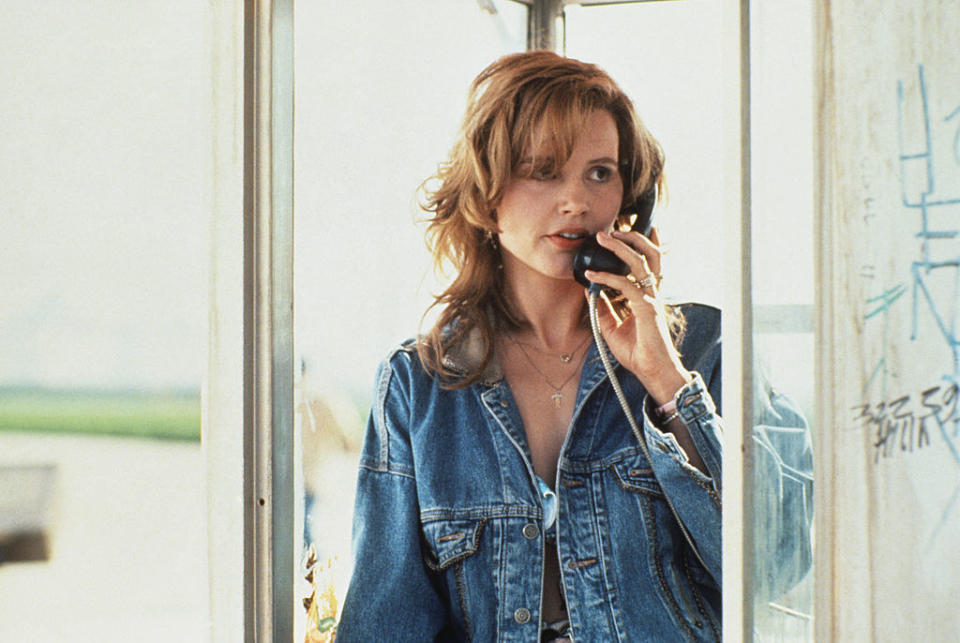
She told the Guardian, "The bigger picture is that gender discrimination and harmful stereotypes still dominate onscreen. This undermines girls and young women and has a negative impact on their aspirations to leadership in all walks of life.”